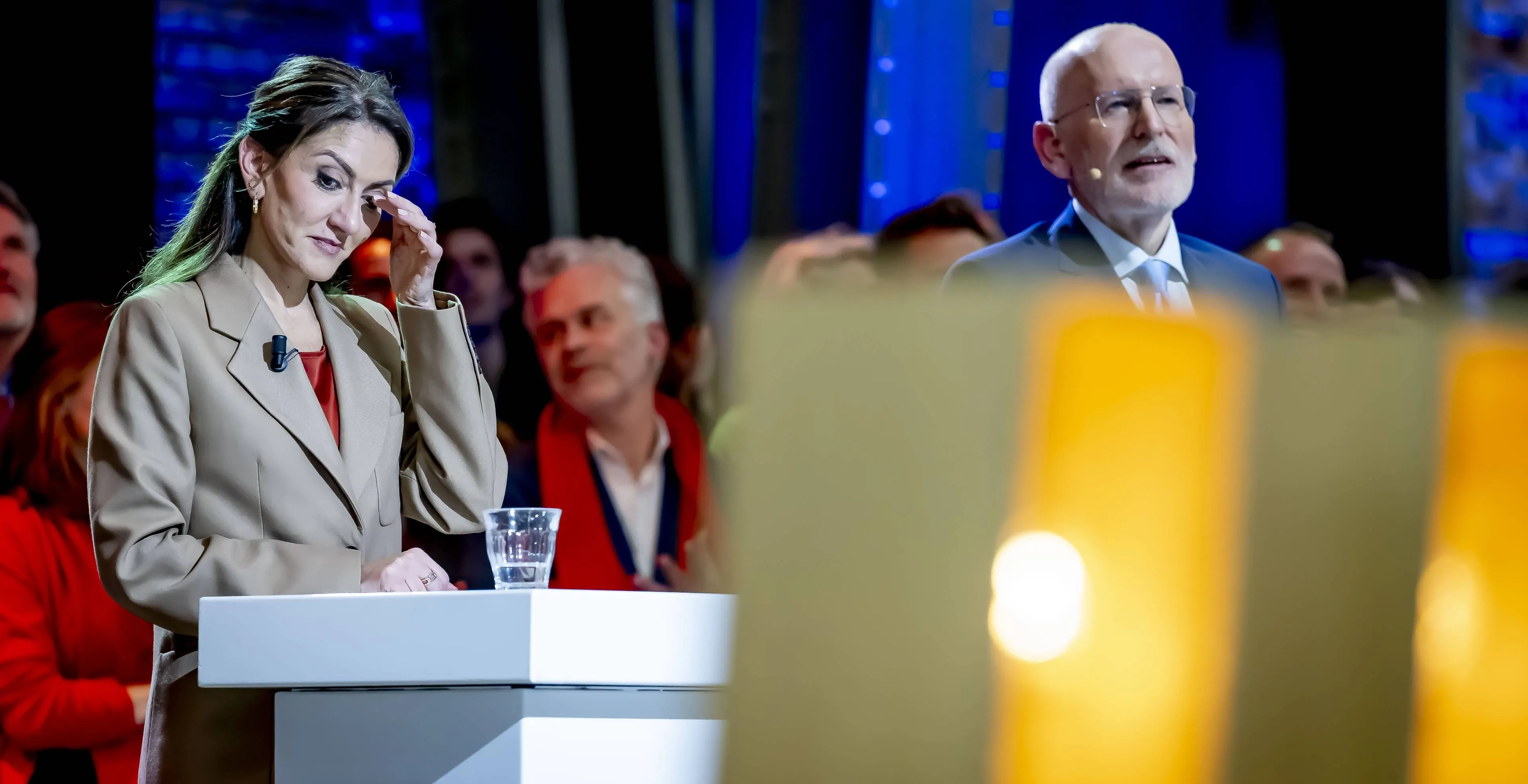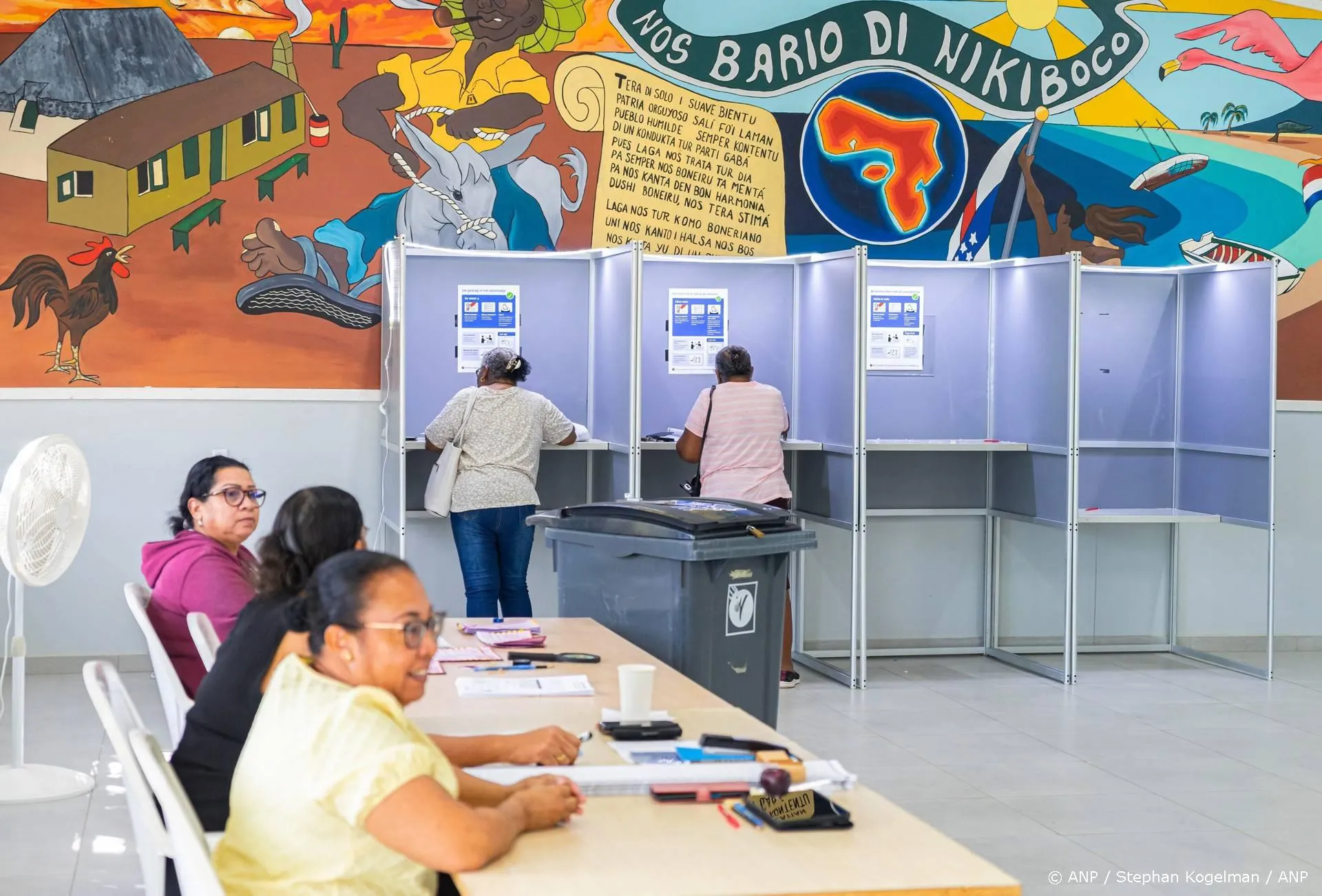Verval Amerikaans economisch leiderschap

I love it when a plan comes together.
America faces two huge, linked problems. Its unemployment rate is running at 9.4%; once you add in those who want full-time work but can find only part-time jobs, it is almost twice that. Job creation is not even keeping pace with the rise in population. And the budget deficit is running at almost 10% of GDP; on that measure this year and the previous two will have been the three worst since the second world war.
To the Republicans who now control the House of Representatives, the main problem is the deficit and the cumulative burden of debt it brings with it. The deficit will of course narrow as the economy recovers, but because of the insatiable demands for health care of Americas now-creaky and retiring baby-boomers, unless taxes are hiked it will not dip below 4% of GDP, and it will start to rise again after 2015. That is not sustainable. Not only will borrowing on this scale tend to crowd out more productive investment: the interest on it is already eating up 10% of government revenue, a figure that will rise as interest rates go up. Hence the Republican demand for swift and deep cuts. Get spending down, shift government off the backs of the people, and jobs will return, as the invisible hand works its magic.Mr Obama sees things the opposite way round. His state-of-the-union speech was an attempt to place jobswhich, according to pollsters, most Americans say are their priorityat the forefront of the debate, and he put the deficit at the end of a long list of concerns. After two years in which he concentrated more than was wise on getting health reform passed, refocusing on jobs makes some sense. It is obviously true that Americas infrastructure, both human and physical, is sub-par (its childrens maths skills were recently placed 25th out of 34 in a ranking of OECD countries). And it is hard to reduce the deficit while the country has a large group of persistently un- or underemployed people.
But two large difficulties arise. First, neither Mr Obama nor the Republicans has a workable plan for dealing with even their own main concern; and second, neither side seems interested in dealing with the others priority. This is not a recipe for a productive partnership.
President Obama's executive order to sweep out the regulatory chimneys deserves the benefit of the doubt, if only on the chance that it does some modest good. But now that we've had a chance to inspect the fine print, there's reason to believe this is less than meets the press release.
No sooner had Mr. Obama told the bureaucracies to subject all regulations to a cost-benefit test than the bureaucrats began telling reporters that they are already a model of modern efficiency, thank you very much. Among many others, the Environmental Protection Agency said in a statement that it was "confident" it wouldn't need to alter a single current or pending rule. "In fact, EPA's rules consistently yield billions in cost savings that make them among the most cost-effective in the government."
Perhaps the EPA's confidence owes to a little-noticed proviso in Mr. Obama's order. When the agencies weigh costs and benefits, the order says, they should always consider "values that are difficult or impossible to quantify, including equity, human dignity, fairness, and distributive impacts."
The current EPA is a perfect case study. One of Administrator Lisa Jackson's top priorities is "explicitly integrating environmental justice considerations into the fabric of the EPA's process," as a July 2010 memo to all senior regulators put it.
"Environmental justice" is the left-wing grievance movement that claims pollution has a disproportionate effect on minorities and the poor. Ms. Jackson's memo introduced new regulatory guidancethat is, rules about how to make rulesso every EPA action has "a particular focus on disadvantaged or vulnerable groups."
Ms. Jackson wrote that a new goal for rulemaking, enforcement and permitting is to have "a measurable effect on environmental justice challenges." But these amorphous concepts are not measurable at all. According to this guidance, EPA must nonetheless consider them when estimating the "economic impacts of regulations," and even its scientific analysis should "encompass topics beyond just biology and chemistry." So put on your lab coat and complete a randomized controlled experiment in politics.
Sure enough, EPA justifies its 2009 carbon "endangerment finding" by noting that climate change will "add further stress to an existing host of social problems that cities experience, including neighborhood degradation, traffic congestion, crime, unemployment, poverty, and inequities in health and well-being." Oh, and it will "accentuate the disparities already evident in the American health care system, as many of the expected health effects are likely to fall disproportionately on the poor, the elderly, the disabled, and the uninsured."
So while Mr. Obama wants the country to think a new rigorous empiricism is guiding his government, his appointees can justify any rule that fits their ideological goals. This sounds more like the end of cost-benefit analysis than the beginning.
Senators vow to strip Obama climate power
Conservative senators vowed Monday to strip President Barack Obama of his power to regulate greenhouse gases, in a move that would cripple US efforts on climate change if successful.
Eleven Republican senators introduced a bill that would stop the Environmental Protection Agency from regulating greenhouse gases, which scientists blame for global warming, without explicit approval by Congress.Under Obama, the federal agency has steadily increased standards on gas emissions. The Republicans accused Obama of circumventing Congress, where a so-called "cap-and-trade" bill to mandate emission curbs died last year.
"My bill will shrink Washington's job-crushing agenda and grow America's economy," said Senator John Barrasso, a Republican from Wyoming and skeptic of climate change who is leading the effort.
"I will do whatever it takes to ensure that Washington doesn't impose cap-and-trade policies in any form."
Lees ook
Loading


